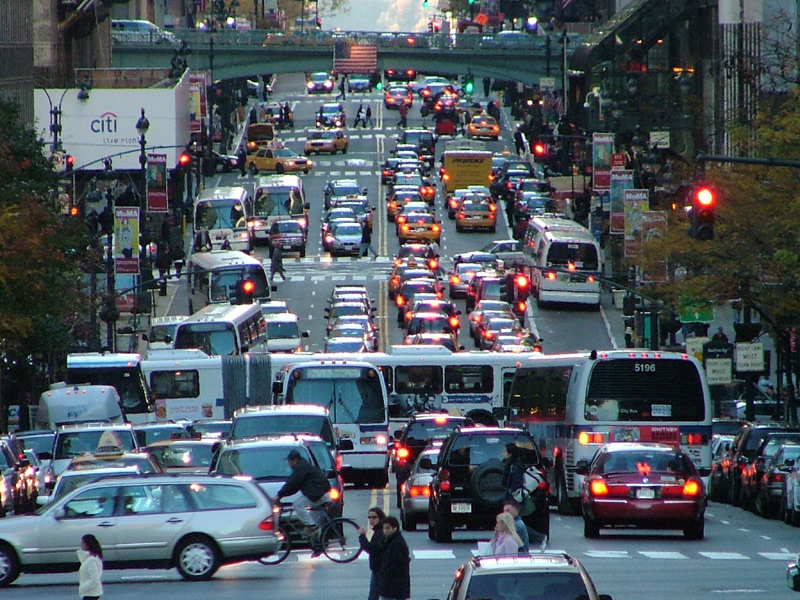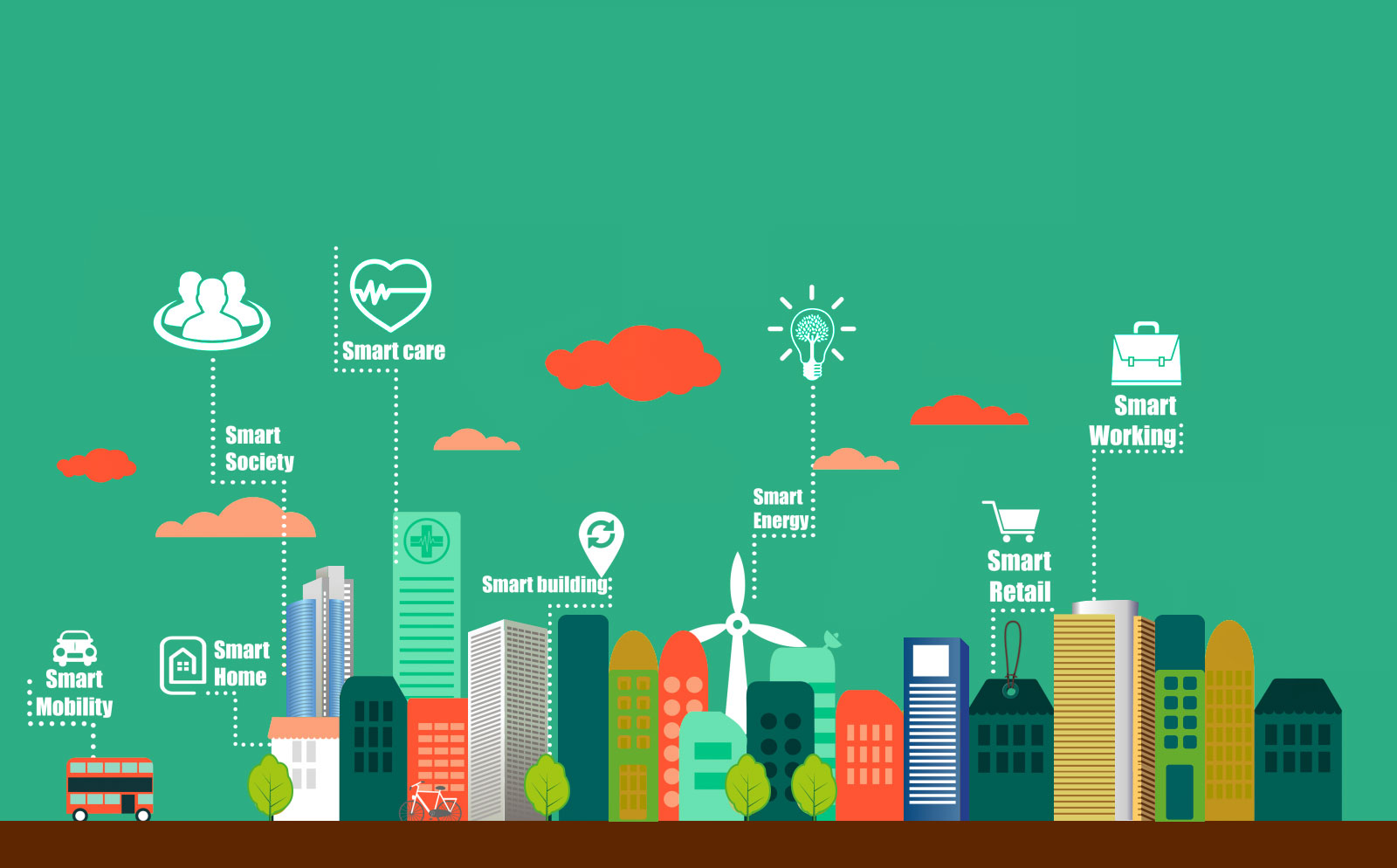Anthony Townsend — urban mobility, traffic and popularity of Uber

Guest of the Moscow Urban Forum, a senior researcher at the Center for transportation policy and management at new York University’s Anthony Townsend specializes in research on the implications of technology on cities and public institutions. We asked the expert a few questions about urban mobility and the technologies that enable modern cities to beat the traffic.
— What is the radical change of views about the future mobility in cities which has occurred in recent years? What do you think about it?
— The radical change of views...I think the most of the vogue ideas now are coming from the private sector, not from the trained urban planners or even urban designers and mostly from the technologies companies not from car companies or other established transportation industries. And the most economical way of enacting them all is by selling directly to consumers without selling it to governments.
— And what do you think, how the most efficient technologies for personal rules and the system of urban traffic control work today?
— The most efficient technologies... How do they work? So the efficiency is coming from the greater awareness of where people are, and that comes from both the greater sample size and greater precision through mobile phones, right, so that all way of sensing , you know, how traffic speed would be putting things in the road or putting cameras out and, let’s count like, every ten vehicles every hundred vehicles, you know, key inner sections for every kilometer, now you can see every vehicle, how fast it is travelling, and that allows prediction of better understanding what is going on right now, and even prediction of what happen in the future.

The next step which you see companies like Google’s starting to do because they also have access to peoples’ personal calendars or some things like that, schedules of school and sporting events, holidays is understanding what will happen in the future.
And these people in cities are actually very rhythmic, very regular — that is the next step of efficiency and I think that will allow a better level of synchronization.
— How do you see the mobility in the near future?
— I think that the big changes are ... for so long cities have had to built around the transportation options they have, so you know, Moscow built the metro, and the housing and the industry and everything is organized around there. We are quickly moving to the episode where the mobility has so many options, there are so many ways to organize the same system and this is why something like Uber makes people and government so confused because it is taking the system that is just ... it was just hanging around taxis, nobody thought it was a very useful thing and had a little tiny purpose for very small number of trips. For now you can do anything, it has multiple purposes. Some people think you can do everything and the reason it is useful is that you can get everywhere in the city.

It is very hard to move buildings that they built, very easy to move vehicles, that’s what vehicles do.
So,that is why I very strongly believe we are going to see a shift to more flexible standard systems. A success you see in systems like Uber will be pushed up to larger and larger vehicles. Some more kinds of like bus systems, jet-nears (they are called so in the US) — 8-seat, 10-seat and 12-seat vehicles, you know, moved around the city to where people need to be, but also have an efficiency and scale that a larger vehicles or taxis do not have. I mean people who can move to where they want to live, they want to live centrally, they want to live in a more suburban place or like apartment and still have access to public transportation without having their own car. For designers and architects it is a very good thing and that means you have more tools now to make different kinds of buildings in the neighborhoods they want but also provide the levels of mobility people may need to have that also bounces the ability. It is a good thing I think. More choices.
— And how do the cities are struggling with the traffic jams and at the same time they expand the space for pedestrians?
— So, the way the cities are using technology to addresser is ... You know there is not so much street space, it’s a scarce resource in a key that they are divided by space, by drawing lanes. It is a very dumb old-fashioned way of doing it, that is how we do it in most cities or you can split it up by time, so, you know, day time, night time, use traffic signals to allow people to cross, rush-hour. Or you can combine those two, and use technology, that’s things like congestion pricing, next used streets. And the trend is towards more and more complicated mixed ways of doing it and I think, some see no use to go that way cause they don’t want it to tell anybody: no, you can’t drive, can’t bike, can’t walk.

Other cities are making a very clear mind saying: we don’t want cars anymore in a city center, so like Germany and some US cities and that is the matter of policy so you know it depends who use for do you want. They want people’s own cars to work for you or people don’t like cars. The technology supports either choice.
— And what scenario could totally work in Moscow? How should be coordinated the transport system of all Moscow: new Moscow and the suburban territory?
— I suspect Moscow is a big enough city. You have to take both of these strategies. Like, there are some places where clearly the mid-sized private automobiles have to be driven I think that is already happening, and there are some places where technology could be used to rush in it, like allow whoever wants to come in, whatever use of the street is, desire — you have to pay the price. I think I am very strong about buses right now because I think buses will be cheap-way filling gaps very quickly.

As I spent two cities this year. I spent a lot of time in Buenos Aires and this temple both of which in the last five years — that is a lots of money for transport transact — high-speed bus corders, and made huge of answers in moving large numbers of people, clearing traffic and doing it low-cost high satisfaction easiness. I serviced people used to hate, and the people think the buses is a symbol of poverty and ф backwards society. And they have managed to modernize and to make it some very attractive.
So, like in Buenos Aires when they have protests the protesters move aside to let the express bus serve. They don’t stop for anything else except for the express bus as they love it so much. So that is interesting. So I think those kind of things we all will be parts of it in future.
- Tags:
- transport





